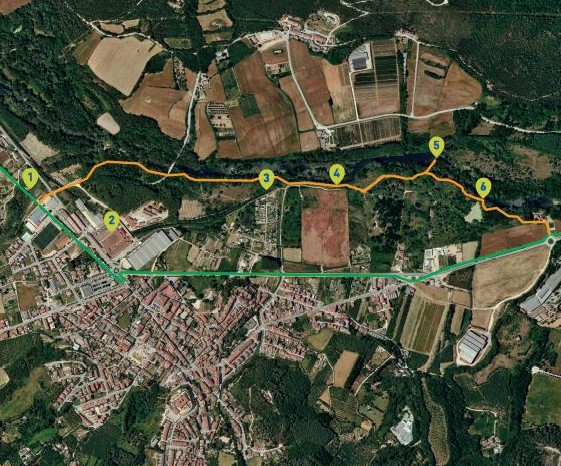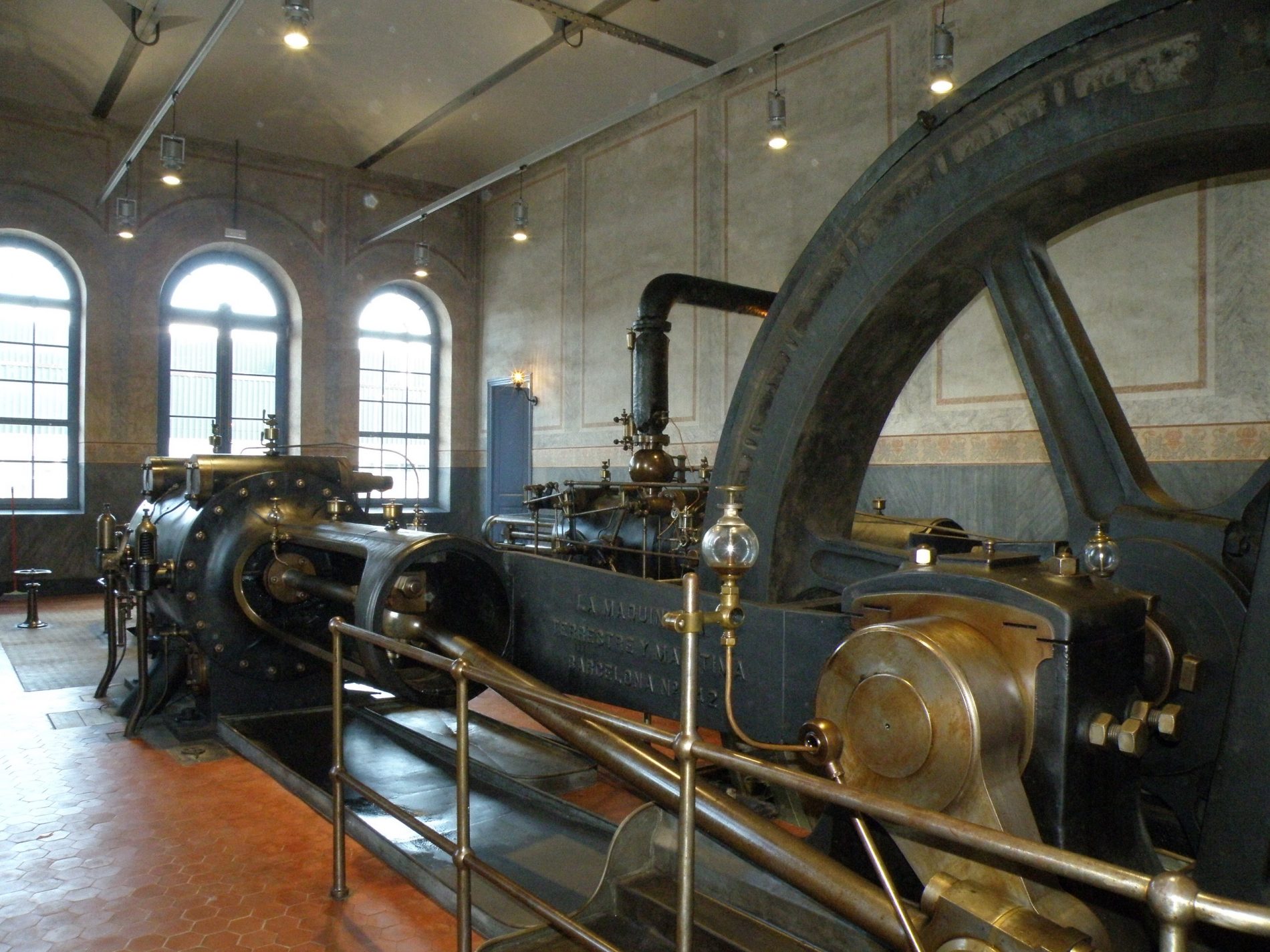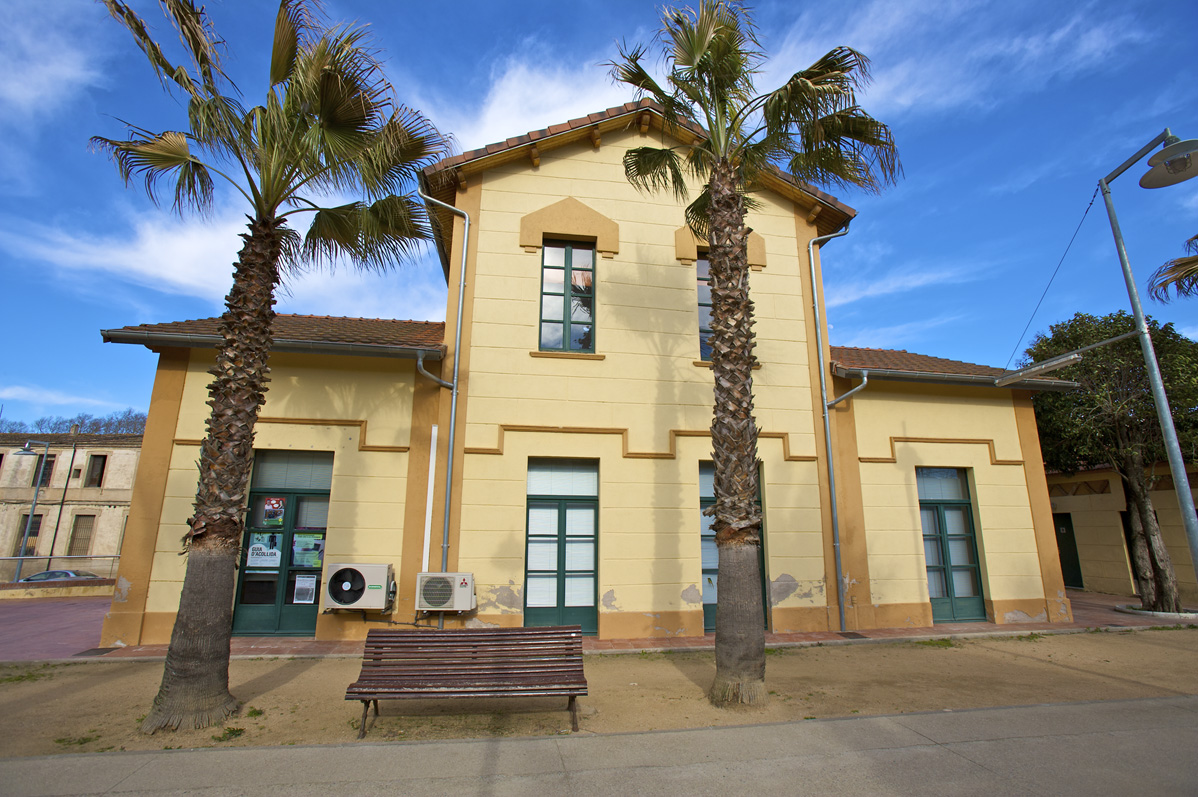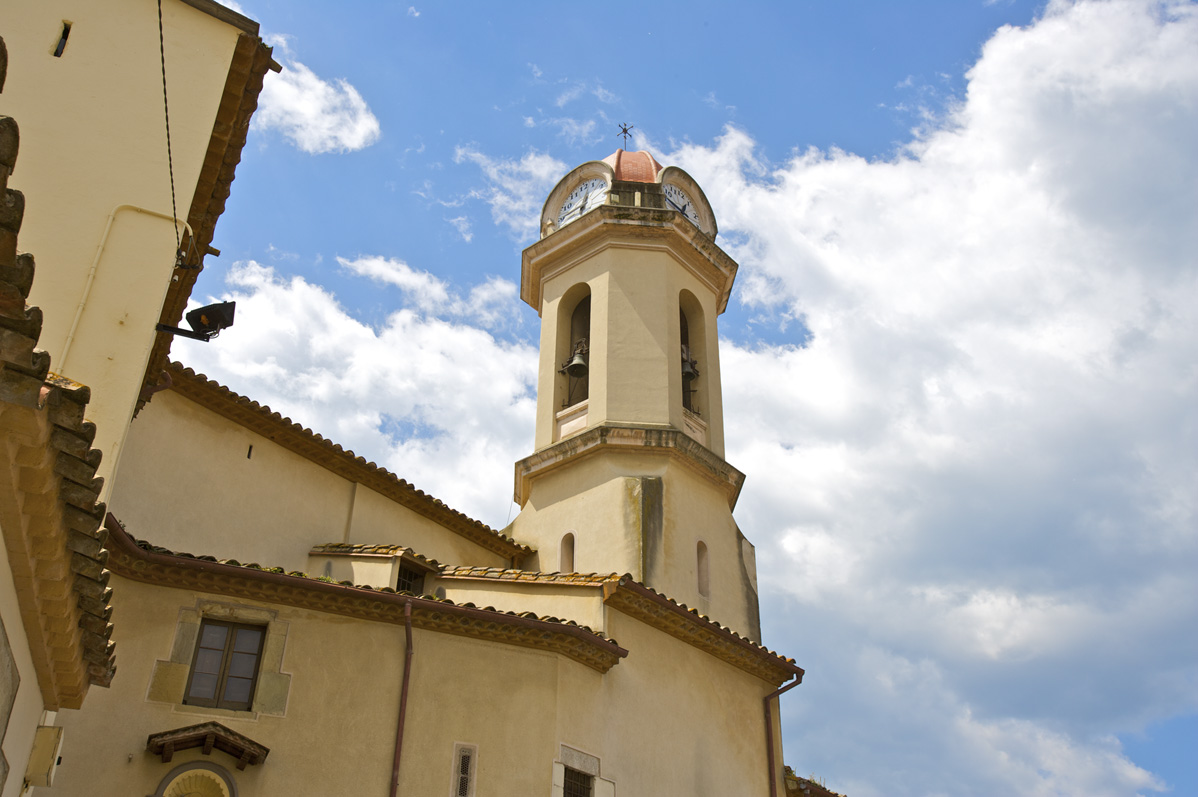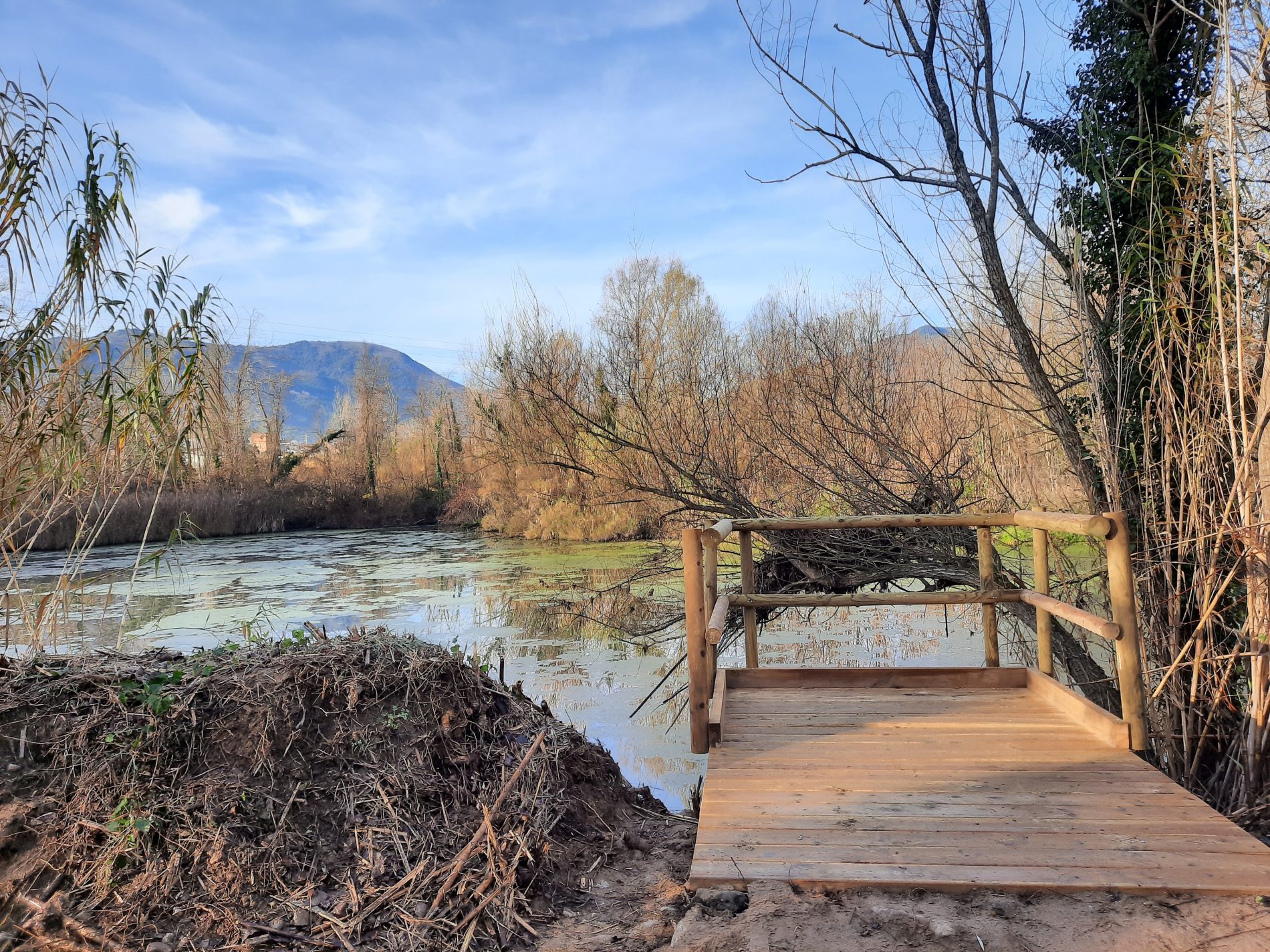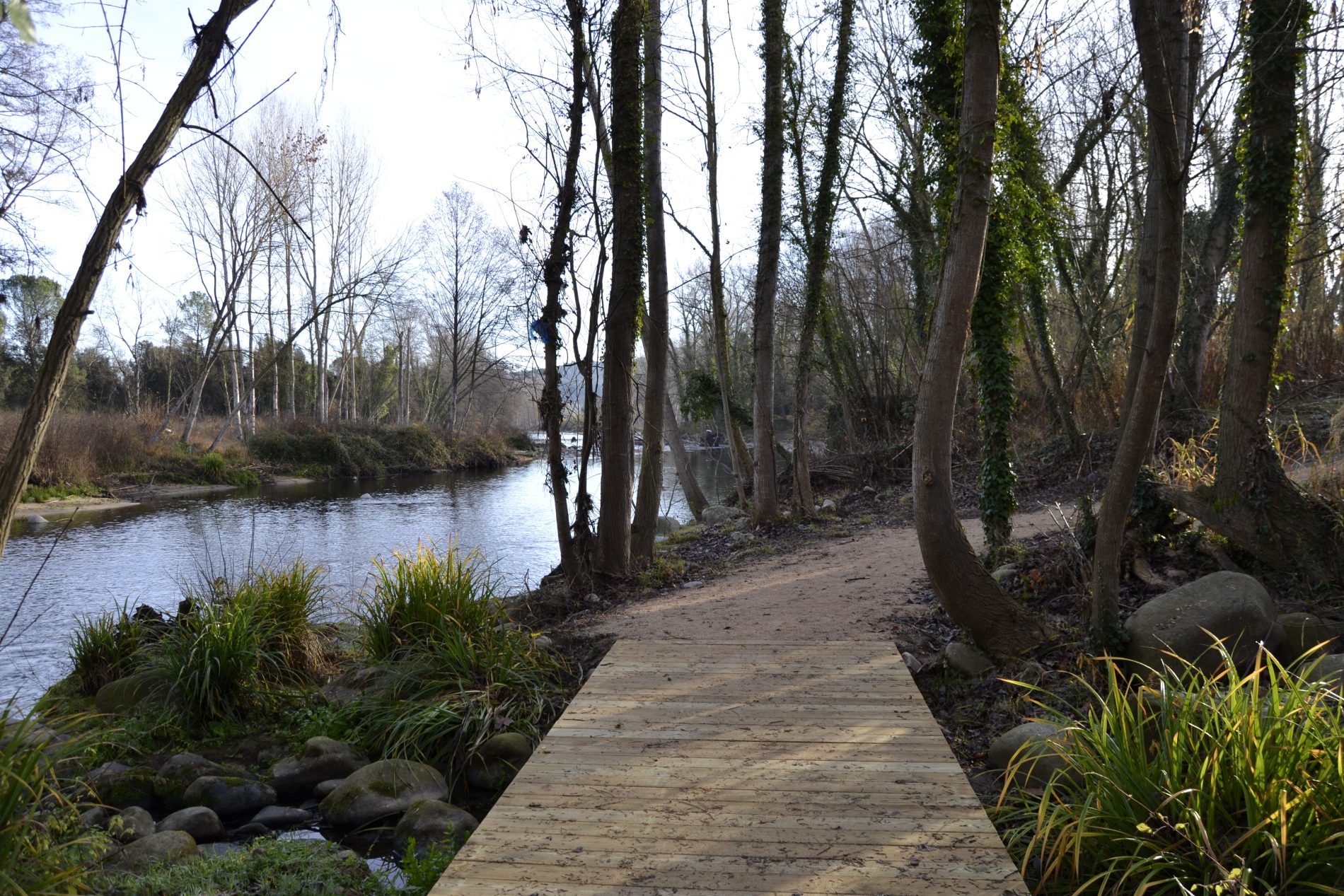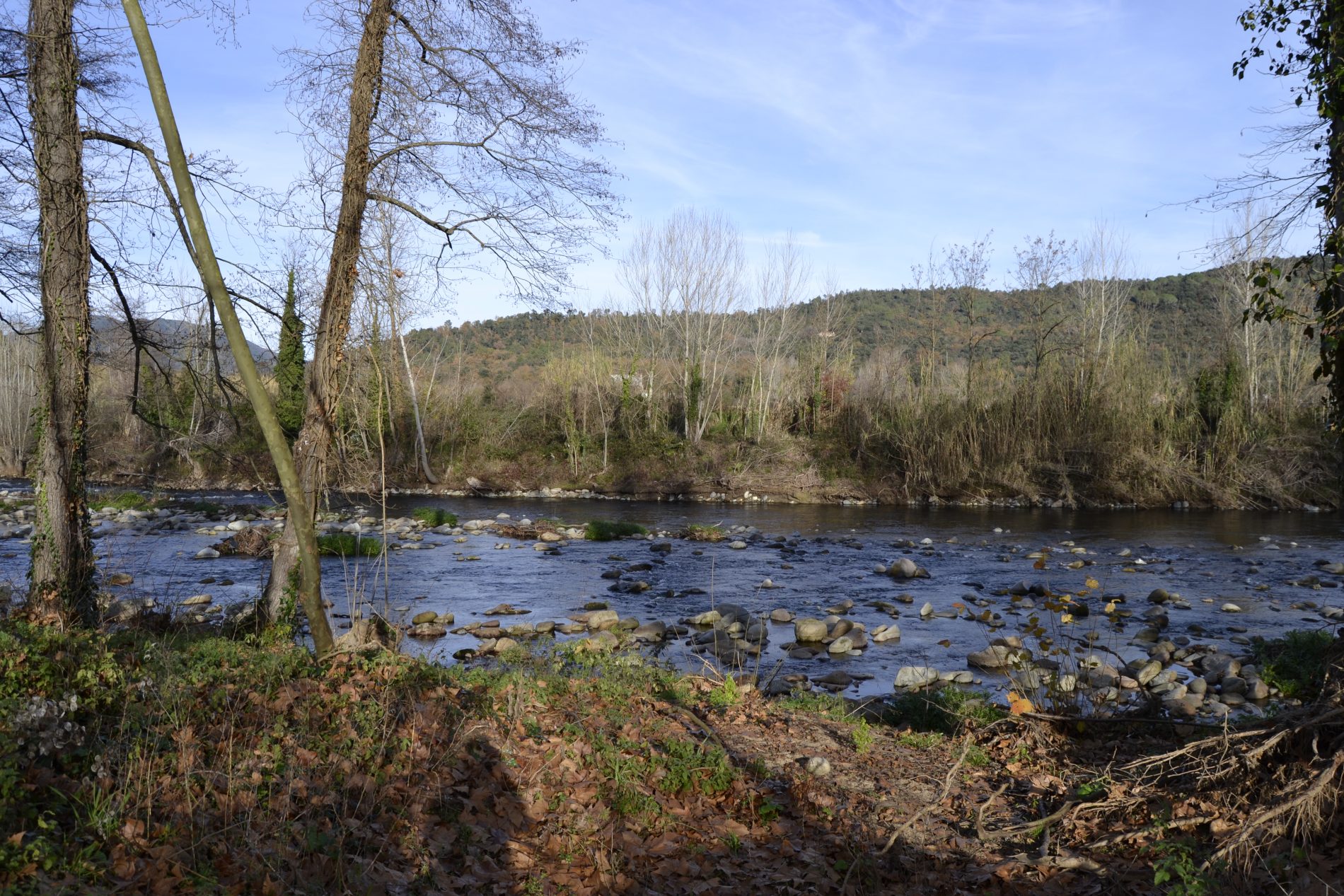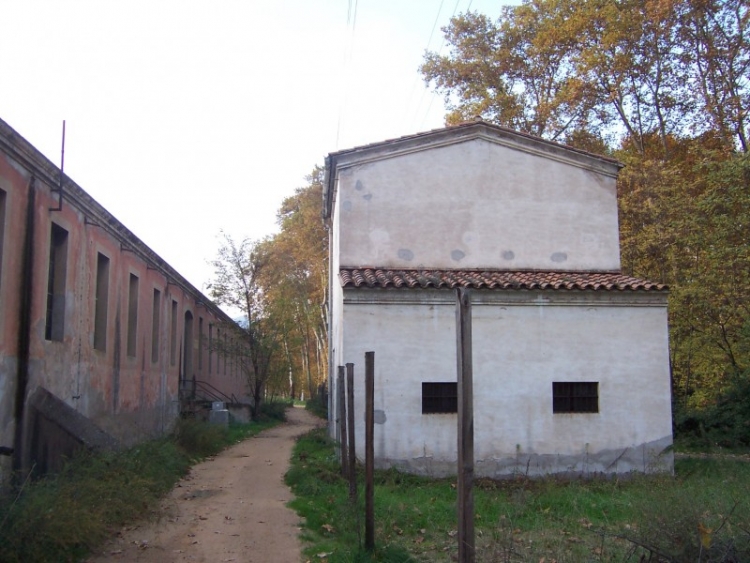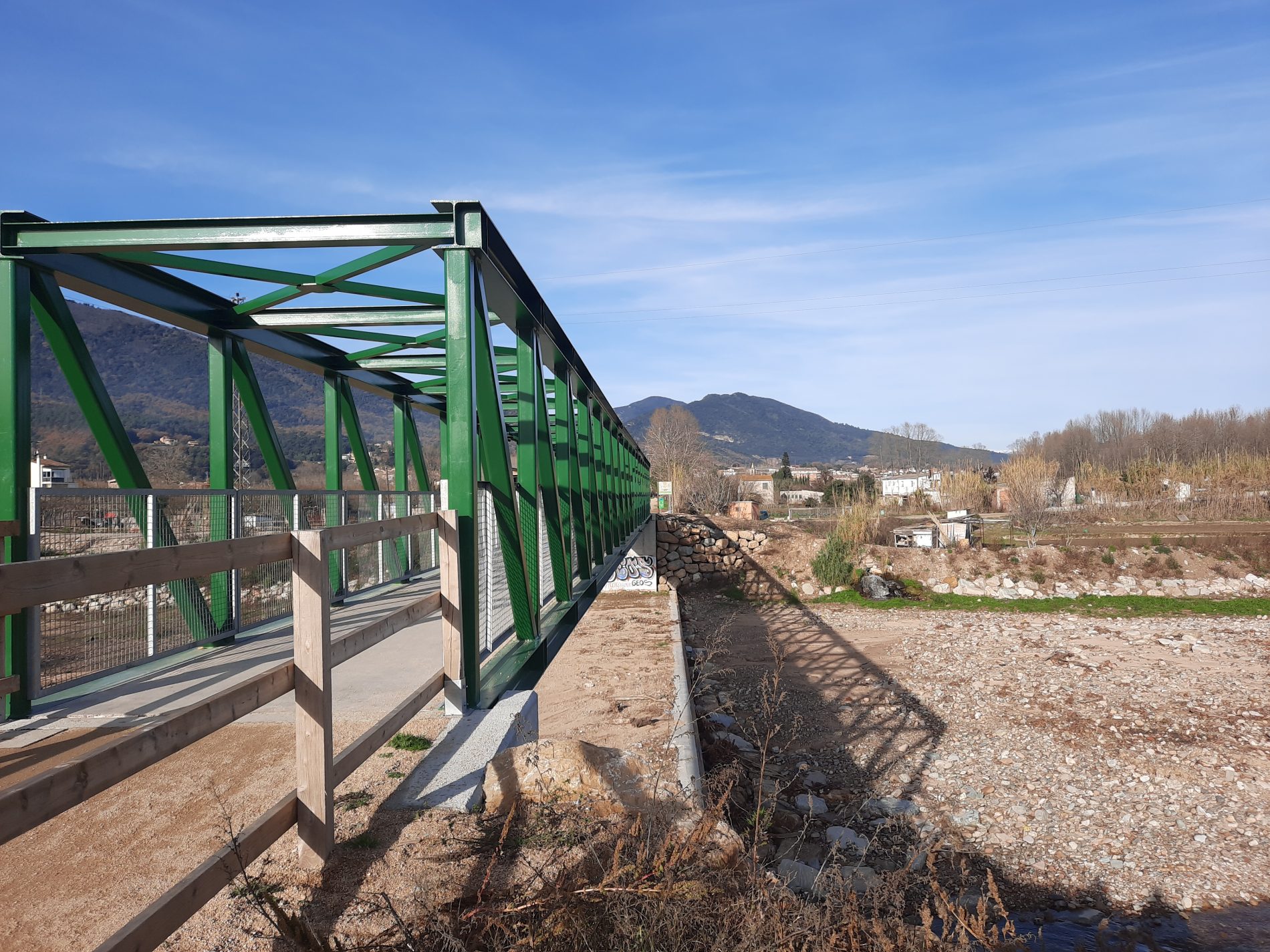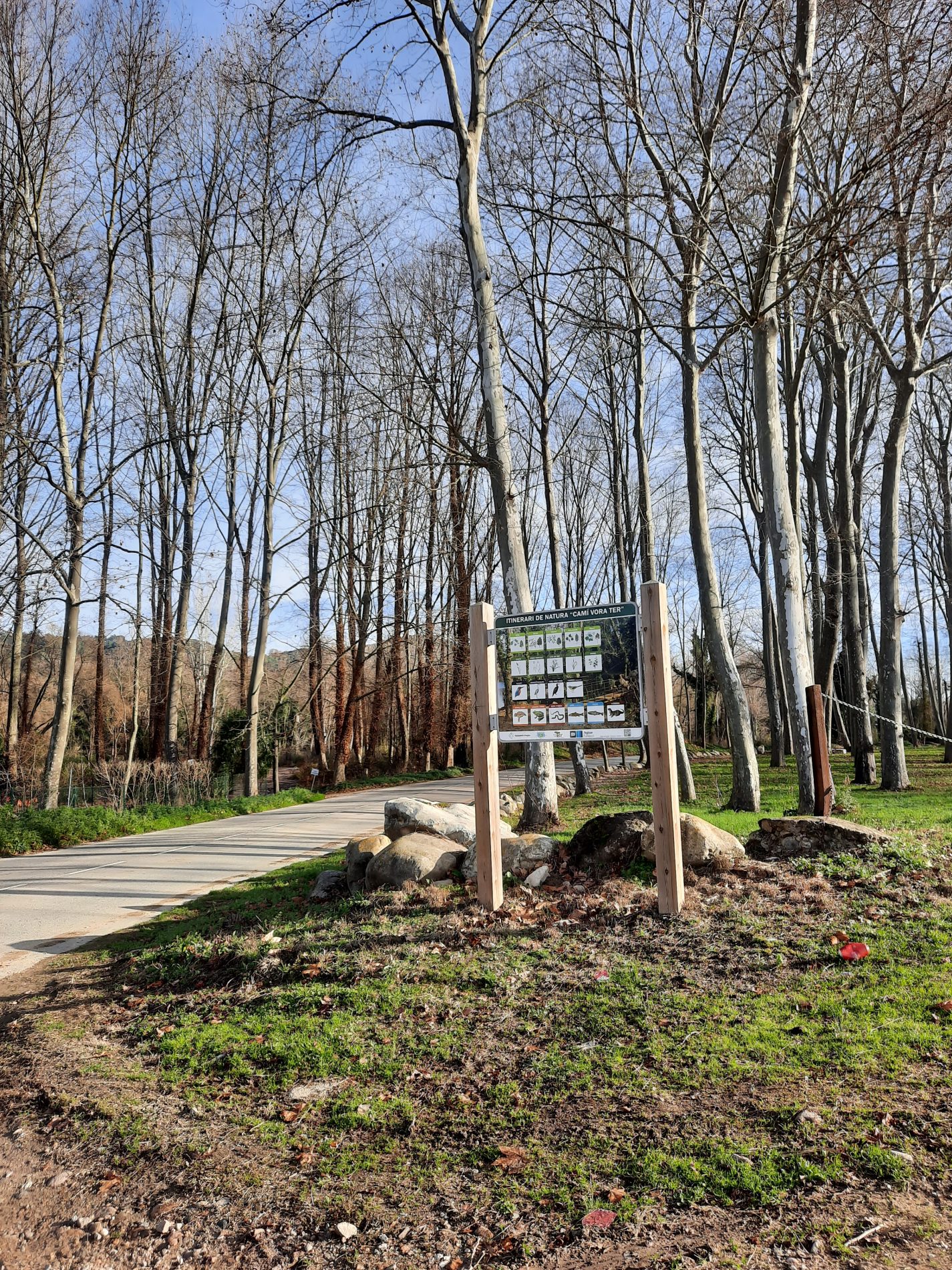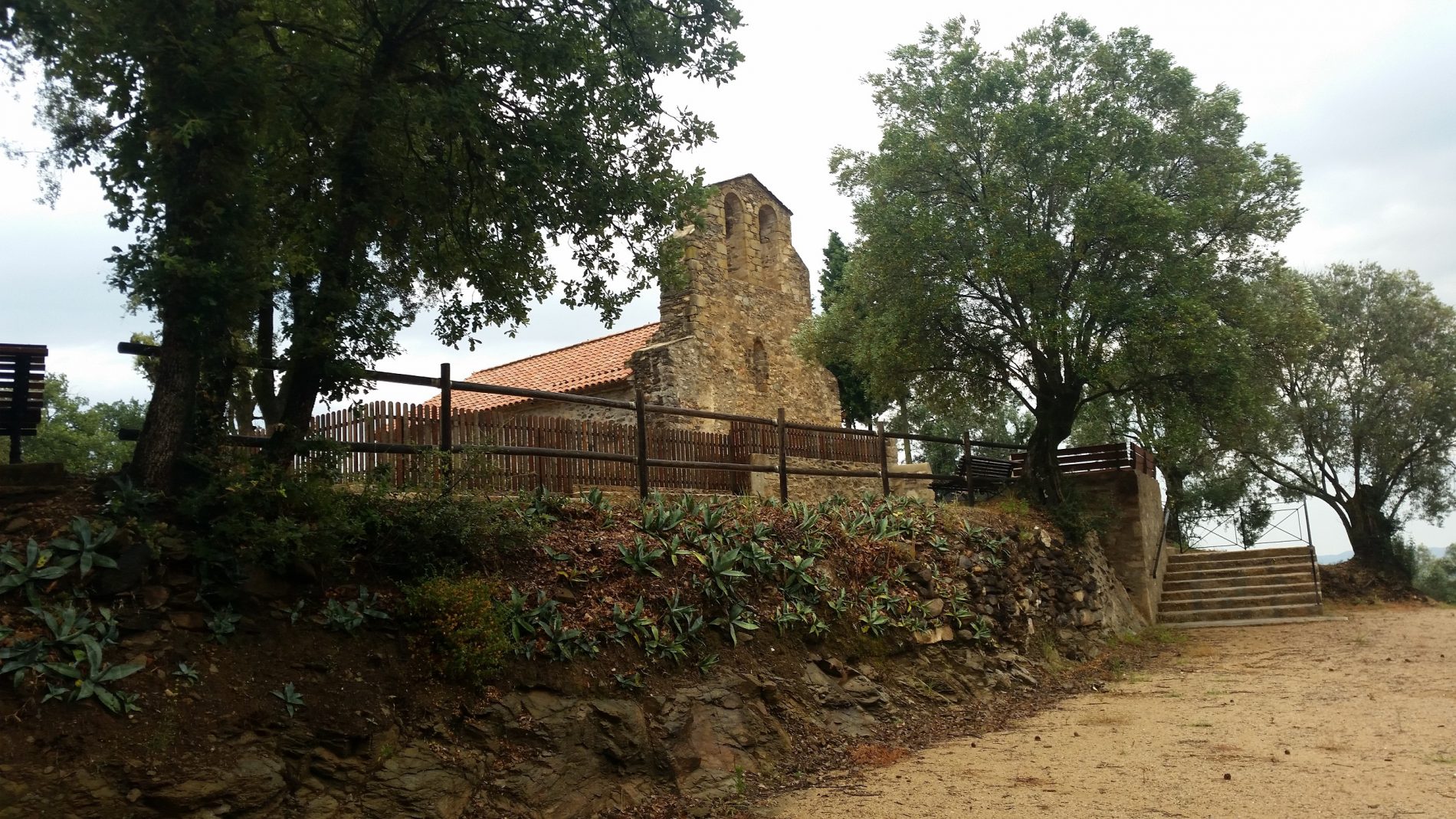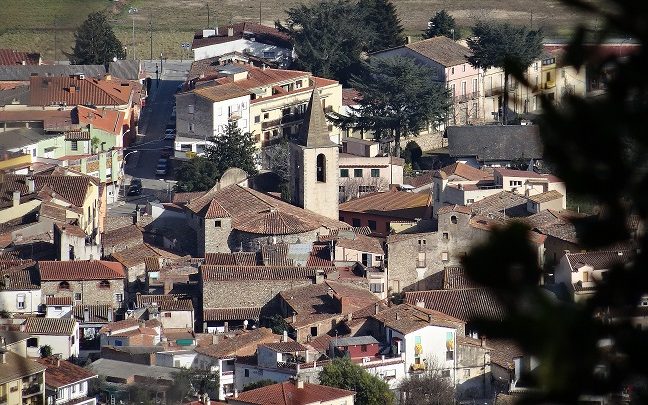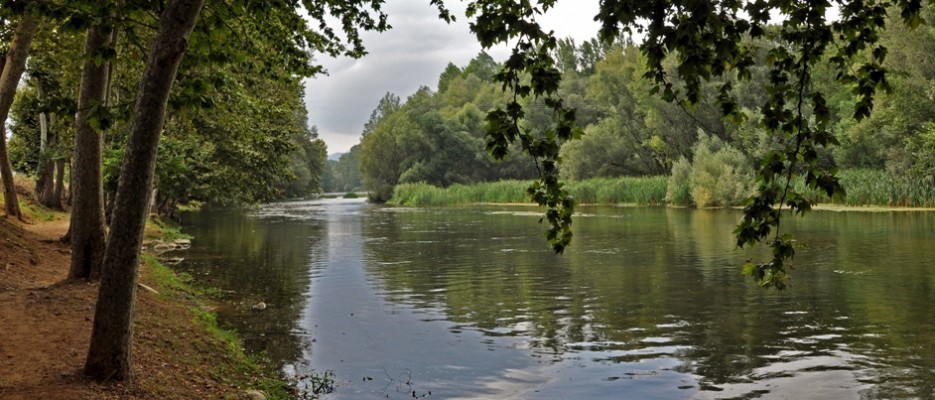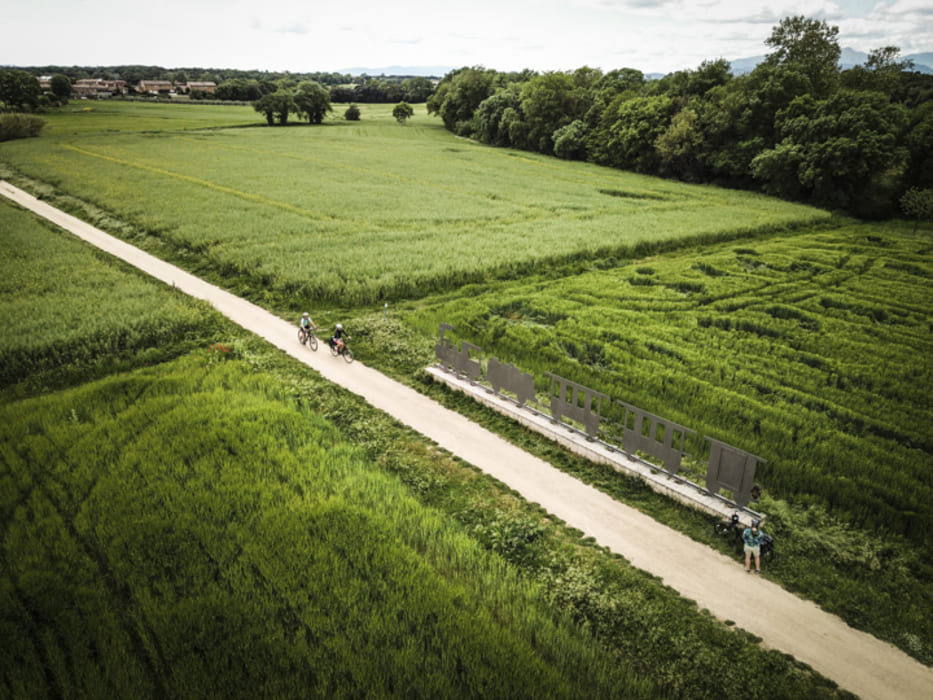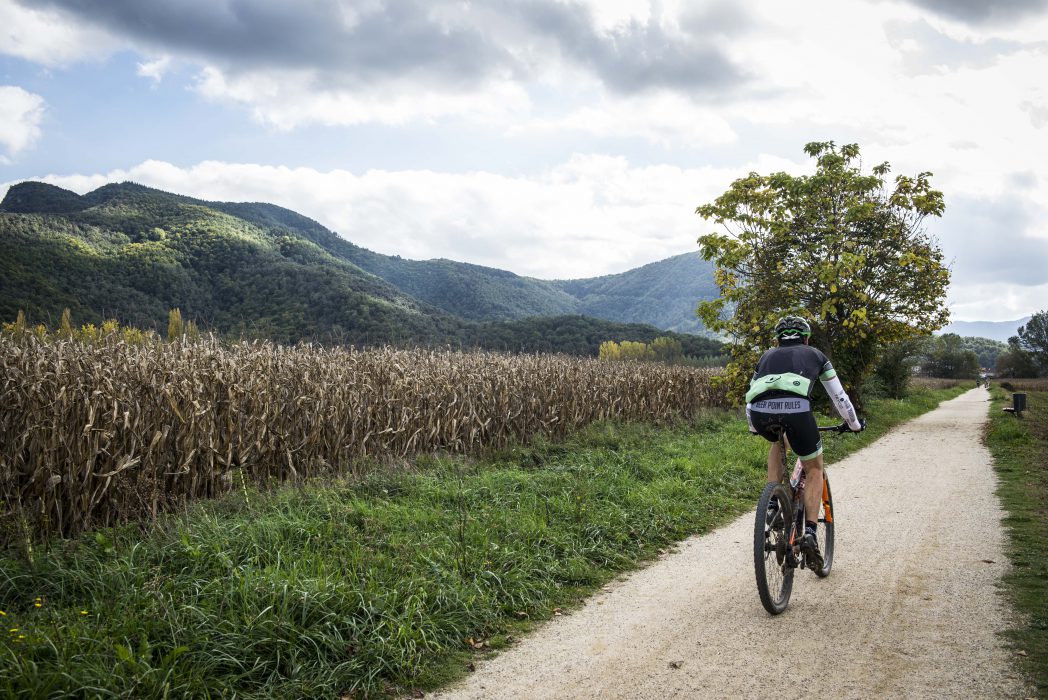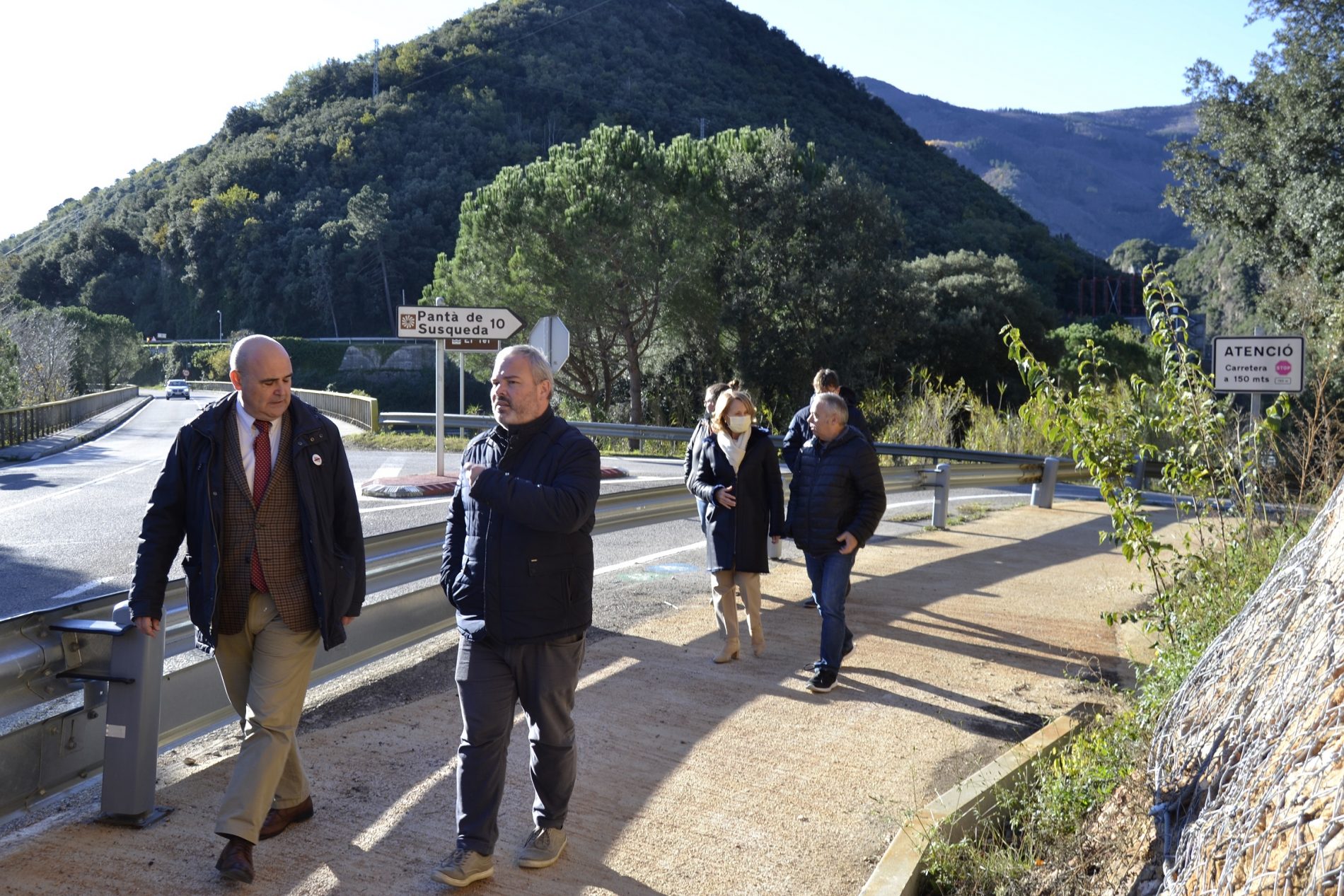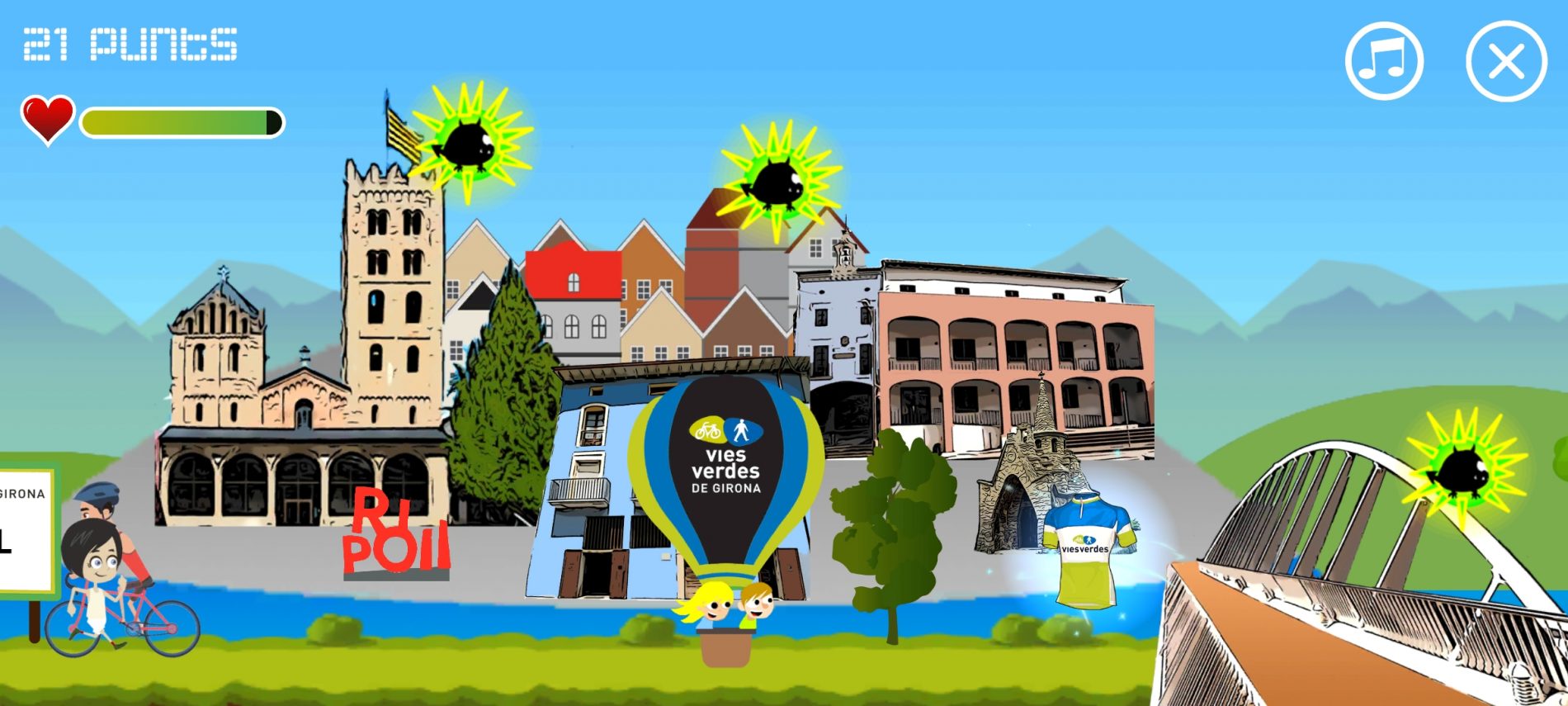The Secret of the banks of the Ter in ANGLÈS
The town of Anglès is protected to the west by the Guilleries massif andis situatedat the confluence between the Osor stream and the River Ter. Besides the town of Anglès, the municipality comprises Sant Amanç and several other neighbourhoods. The town features a magnificent Gothic quarter, with doorways, windows and inscriptions of great artistic interest and a number of manor houses.What is today the main square or Plaça de la Vilawas once a castle parade ground. Anglès owes its importance as a town to irrigation agriculture as well asto industry historically. The industrialisation developed in the second half of the nineteenth century by harnessingthe River Ter’s water power left behind a rich heritage. This includes the steam engine at the Burés textile factory, which in the first quarter of the twentieth century already had 800 workers. In the town itself, on the land occupied by the Burés factory, excavations have revealed a Bronze Agenecropolis dating back to the seventh-sixth century BC.
Local points of interest not included in the Secret
- The parish church of Sant Miquel. A late Renaissance building which suffered severe damage in 1936, including the destruction of the Renaissance statue of the Mother of God, our Lady of Remedies.
- The castle of Anglès. A twelfth or thirteenth-century building that played an important role in the peasant rebellion of the Remences.
- Santa Bàrbara. A church perched on top of the mountain of the same name, at an altitude of 854 m. Documented as early as the thirteenth century, it is a magnificent watchtower over the surrounding area.
- The church of Sant Pere Sestronques. It is situated in the south of the municipality and has a pre-Romanesque floor plan, with a nave and a plain apse, and a porch to protect the archeddoor.

Kilometers 2,3
Difficulty Minimum
Pavement Route Nature
Maximum altitude 149 mt
Minimum altitude 133 mt
Transport walk or bike
Secret type River paths
The itinerary starts very close to the mouth of the Osor stream, almost at the confluence of the stream with the Ter, once it has left the Guilleries behind. The old part of Anglès is on top of the hill. The town has a very rich historical heritage, complemented by the different natural resources provided by the waterways. Its river cultural heritage is one of the main tourist attractions. The Burés factory’s steam engine is located very close to the route and is not to be missed if you wish tounderstand the industrial legacy and its connection with the waterways.
1. The Osor stream/Riera bridge or Tren bridge (over the Osor stream)
On the municipal boundary between Anglès and La Cellera de Ter you will find the confluence of the River Ter and the Osor stream. The Osor stream is a tributary of the Ter on its righthand bank. Its hydrographic interest is due to the fact that it is the fastest-flowingwaterway to have its source in the Guilleries.
This place is a privileged spot to view the mouth of the Osor stream, where particularly in summer there is little water.
Text of the literary route (Route of the Ter) Lit018
“The Riera bridge, separating the municipalities of Anglès and La Cellera, or the Tren bridge for the former Olot railway line, which nowadays has been made into a walkway for walkers keen to stretch their legs or keep fit, are two good vantage points for catching a glimpse of the stream as it flows by placidly, almost shyly, towards the end of its journey.If you look the other way you can be a privileged observer of the confluence of the Osor stream with the Ter. When the stream reaches its mouth, it reverts to timidity, almost with a sigh after its incessant gushing descent. It leaves behind the narrow course through the valley and feels strange as it reaches open countryside, it yawns and opens up its banks and they become very wide when they carry a lot of water.Sometimes, however, particularly in summer, its presence in this last leg is like a brook or two trickles of water that barely manageto tickle the Ter when they meet.”
Roser Sidera i Riera
2. The Burés factory (the Burés factory steam engine)
The industrialisation of Anglès was brought about by the establishment and expansion of the Burés textile factory. The company’s purpose was to produce cotton fabrics and threads. By the end of the nineteenth century the river’s irregular flowgave rise to the decision to introduce a couple of steam engines to produce the power required by the industry.Later on, production was centralised with the construction of the steam building to house the steam engine that you can still see working today. The Burés steam engine is a well-conserved piece dating from 1900, which was made at Maquinista Terrestre i Marítima in Barcelona, and is considered to be one of industrial architecture’s gems.
3. The Indústries, or the Burés factory, channel
The factories diverted the water from the River Ter along a channel built to feed the electric turbines installed in the factory enclosure. Initially, the channel carried water from the Pasteral weir to the factory, but the installation was almost entirely destroyed by floods in 1940. A new channel was then made, which went from the new Can Ribes power station to the Burés factory. It was built by civilian prisoners, is 1,500 m long and could carry up to 7 m3/s.
4. Anglès ferry boat
This part of the river receives the drainage water from the Burés channel and for a long time was the site of a ferry crossing which communicated Anglès with Sant Julià del Llor. The Anglès ferry boat operated until the construction of the new Sant Julià bridge in 1977 made it redundant. The building, on the Sant Julià del Llor side of the river, was converted into a restaurant some years later and is still a thriving business today.
5. The Bonmatí/Anglès weir
This curved-shaped weir made of stones and cement is situated at Roques Negres. The weir’s function is to divert water from the Ter to Colònia Bonmatí, taking advantage of a channel used in the Middle Ages to power the Llor watermill, which over the centuries turned into the driving force that powered the riverside factories and the hydroelectric power station.
6. The Ter and its ponds (wetlands viewpoint/pond)
The Ter’s wetlands are an important spot for the conservation of the biodiversity of both plant and animal wildlife species that need calm water habitats for shelter, feeding and breeding. Here you will find numerous species of amphibians, including tree frogs, natterjack toads, fire salamanders and marsh frogs, as well as many marshland birds like kingfishers, white-throated dippers, grey wagtails, mallards and grey herons, to mention just a few. Examples of flora include sedge, cattails, reeds and trees like alders, ashes and willows. By the ponds and stream-beds, on fair-weather nights, you can hear the tree frogs and marsh frogs singing to the accompaniment of nightingales, scops owlsand little owls in biodiversity’s nocturnal concerts.

